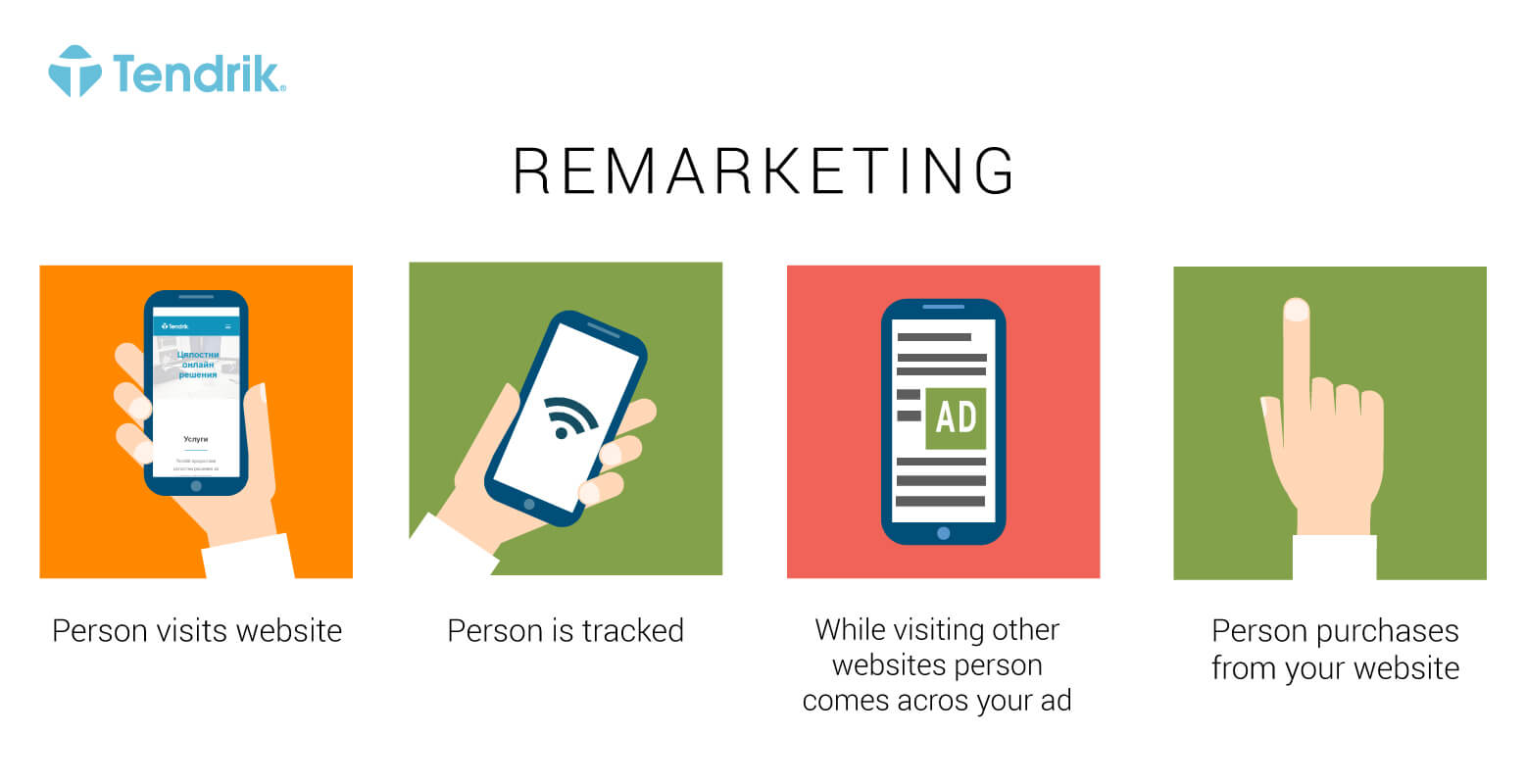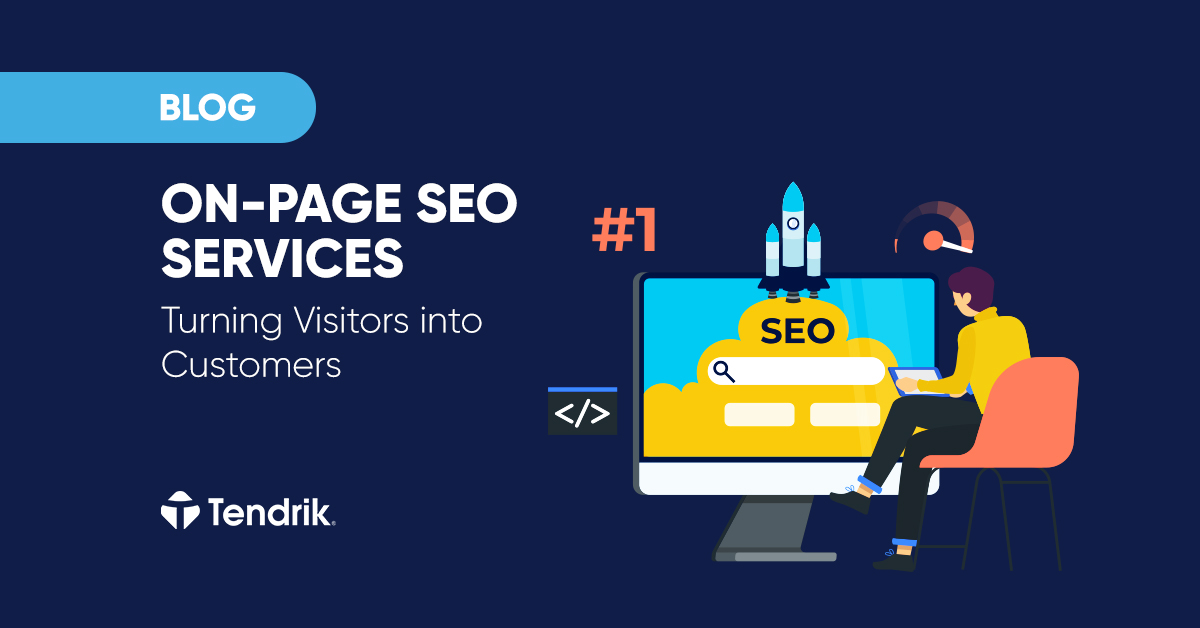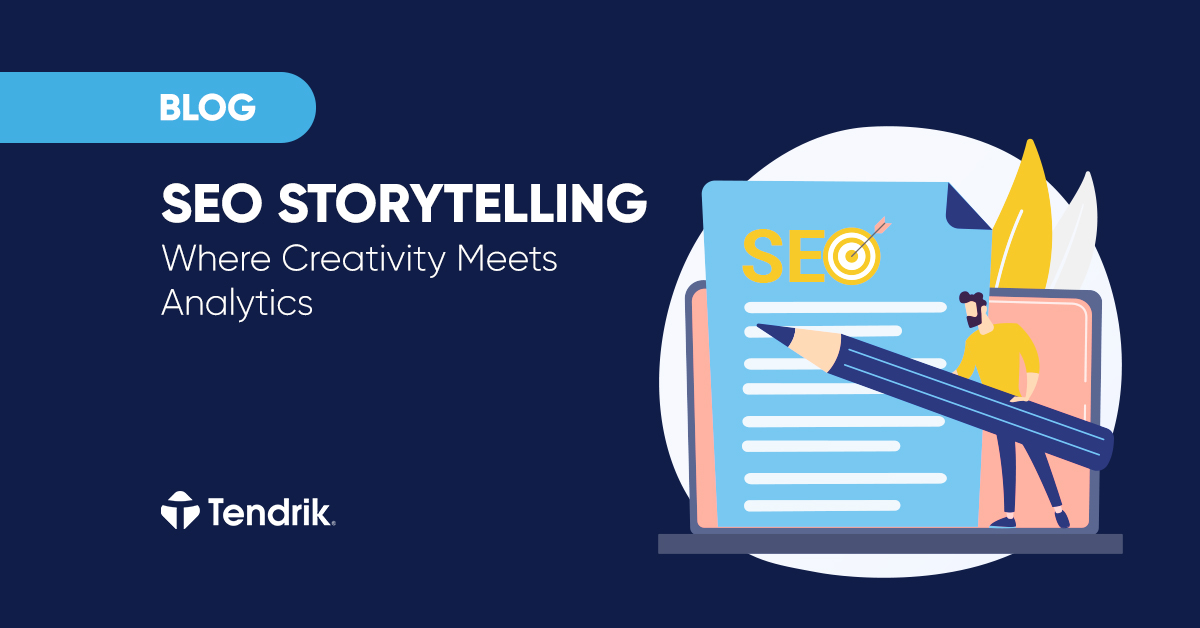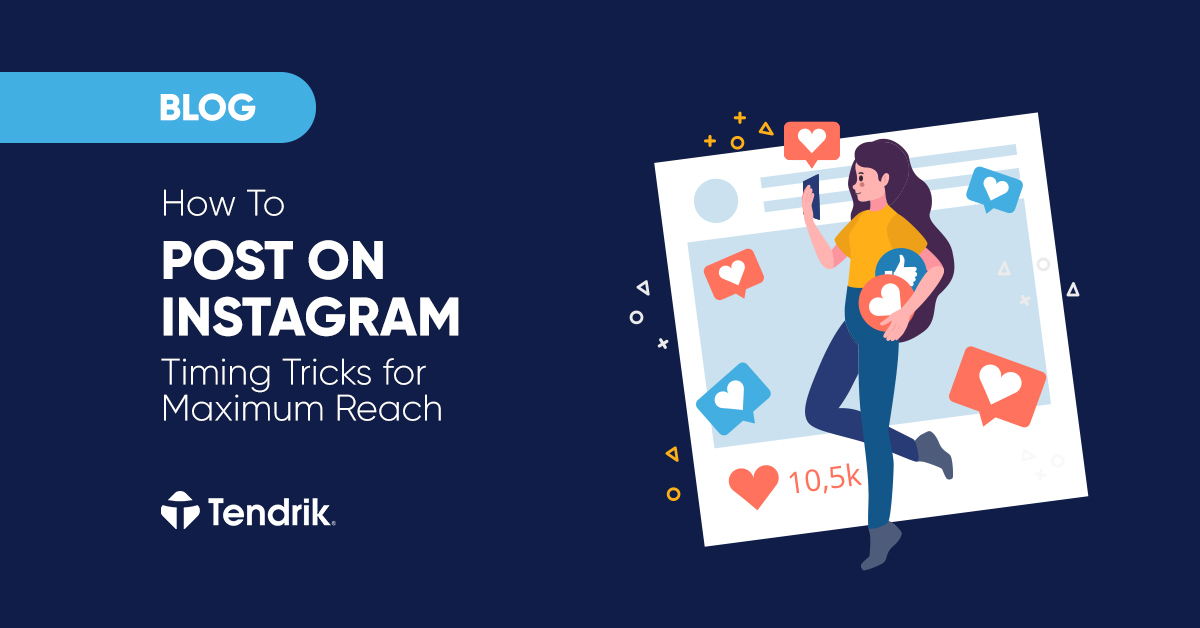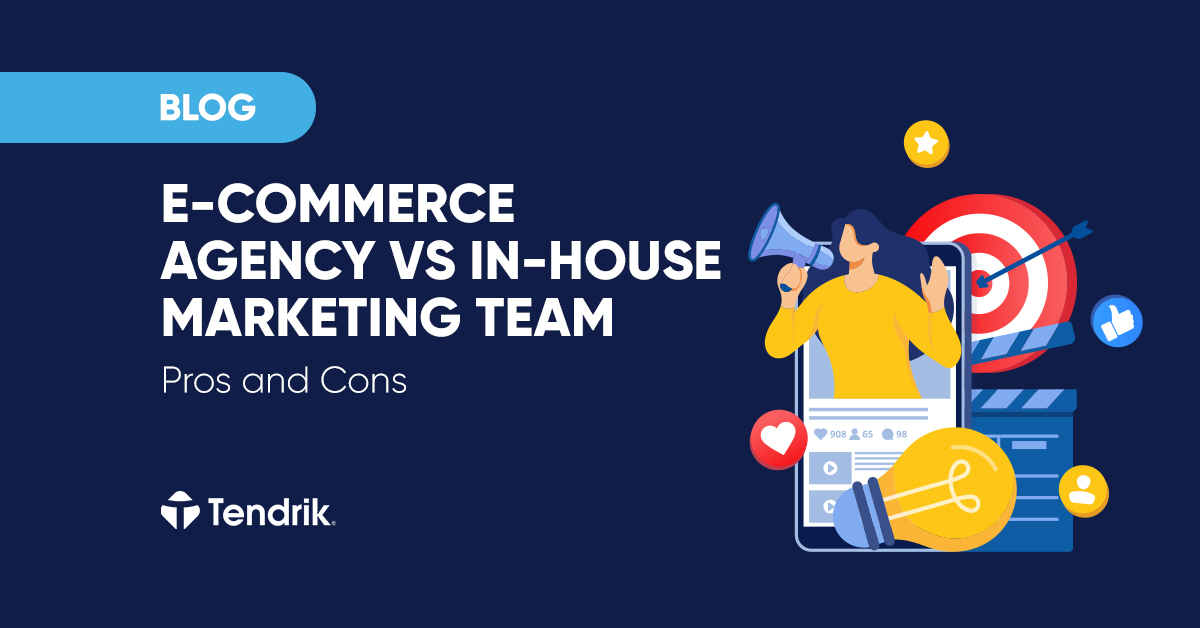To some extent, the internet spoiled customers a bit and changed their behavior. Clients now know that your business has to work for their pleasure, while the market needs to offer them a wide variety of products and services. Additionally, you may well have seen how a potential customer not only visits your website, but they even reach the next to last stage of the purchasing process – the shopping cart…
And then the user is gone. The customer, one step before the finishing line, decides that there’s something more important in this moment. The shopping cart is abandoned. Everything is forgotten and you are left with this desolate shopping cart and a purchase that never was.
Yes, consumers do forget, and they do that a lot. Internet offers us so many opportunities and choices; the process is perfectly understandable. This is why you have a very beneficial countermeasure to tackle the problem: remarketing.
“Remarketing” is the technique of advertising your products (or services) to users who have already visited your website. In other words, you remind these people that indeed, you do exist, and there are benefits involved if they trust what you offer them. At the same time, targeting an audience that already knows your business guarantees higher conversions, purchases, and as a whole – opportunities for success.
Remarketing campaigns differ: they can be text-only (comprised of text blocks), or multimedia (with images to complement your message, or even videos). Email newsletters also make an appearance here. As far as the campaigns’ implementation, it also varies across mediums: for the fans of search engines there is Google, while social media enthusiasts have the Facebook business center.
Remarketing with Google
Similar to all other things they do, Google have an amazingly structured remarketing system, ready to help your business thrive. There are five different remarketing types here:
- Standard remarketing: Users see advertisements while browsing websites and apps from the Google Display Network.
- Dynamic remarketing: Users see dynamic advertisements (changing according to the content on your site) when they browse websites and apps from the Display Network.
- Mobile application remarketing: Users see advertisements when they use other apps or websites on mobile.
- Remarketing lists in searches: Users see advertisements when they search for queries in Google, after having left your website.
- Video remarketing: Users see advertisements when they view videos in YouTube or browse the Display Network. They should have watched your own video first.
How does that work exactly?
Configuring a remarketing campaign seems more complicated than it really is. The first thing you need to do is add a so called “remarketing tag”. The tag should be present on all pages of your website (or mobile app). No need for you to come up with any advanced coding or tinkering: the tag is generated by Google AdWords and is given to you ready for usage after the simple embedding process.
After having added it, it’s time to create your remarketing lists. Here you have full freedom to segment your users into groups that work the best for you.
When a user visits a page with a remarketing tag on it, their cookies ID will be added to your remarketing list. From there on, your website (or app) will be shown to the user while they browse through the web.
How your advertisement actually looks like is solely up to you. You can come up with a short text, ready to grab your customers’ attention. If you wish (and if you happen to have a designer at hand), you can create a staggering visual experience, packing a message punch through a text block. This, of course, will heighten your chances for success a bit. Google is liberal here, and gives you the keys to unlocking the remarketing door.
Remarketing with Facebook
It’s a public secret announcement: Facebook is one of the most viable mediums for successful marketing endeavors. The social network’s business center is full of opportunities for your company, and remarketing campaigns are an integral part of the Facebook catalog. The feature is dubbed “Custom Audiences” here.
Similar to Google, Facebook also offers you the most important tool: user segmentation. You can choose what user groups you prefer to establish: segmented by website page visited, or by a specific activity executed while browsing or using your app…
Of course, you also need a certain code in order to fuel your remarketing campaign. This “code” is equivalent to Google’s remarketing tag and needs to be inserted between the <head> and </head> tags of your website pages.
After narrowing down your target audiences and adding the code to your website, it’s time to create your own advertisement. Once more, you have the full reins here: how your campaign looks like will depend on your end goal – be it conversions, clicks, downloads, purchases, or other.
Is remarketing an effective approach?
A short and clear answer would be: yes, without a doubt. But words are easier said than covered by facts, and approaches (especially in marketing) always need some statistics and proof. Let’s take a look at some facts and figures highlighting why remarketing matters:
- 70 to 75%: This is the percentage of shopping carts that have been left “forgotten” by consumers (2012-2014 time frame). The study is conducted by Barilliance, a specialized analyst in the eCommerce sector.
- 3 of every 4 customers say that they plan to return to the website/app they have left, and finish with their purchase. However, only 8% of them actually do that. The other 67% are ready to be reminded by your remarketing campaign, elaborate from SeeWhy.
- Classic email marketing has a 21% open rate throughout a standard email campaign. SalesCycle reports that the percentage rises to 57% when it comes to remarketing email campaigns.
- Upon returning to your website/app after a successful remarketing campaign, consumers are prone to spending 55% more. This is in comparison with their initial purchase (that ended in an abandoned shopping cart), say experts from Marketing Sherpa.
The synergy between these standalone facts (and how they come together) gives a solid answer, if you are still wondering how effective is remarketing when employed as a technique. But why is it so? The reasons, in fact, are very simple and follow a certain logical pattern:
- With remarketing you are targeting an already defined target audience. No blind “shooting” – these users are already familiar with what you put on the table. Acquainted with your products/services, they are more responsive to your advertisements.
- You have full freedom in creating your campaign: who is to be targeted, how will your campaign look like, and many other details are at your hands.
- You are addressing a contemporary, popular consumer issue (abandoned carts) which, in truth, appears way more complex than it really is. What users need is to be reminded, only this.
- You are spared severe expenses, because you pay only when someone clicks on your advertisement. Conversion rate is greater due to the aforementioned reasons.
To add to this, you have the choice between channeling your remarketing efforts in search engines (Google) or social media (Facebook). Even better: why not both?

Remarketing as a part of your modern marketing strategy
Online marketing has always been dynamic – and it will always stay so. Straightforward approaches are a no-go, as you need to constantly diversify your efforts if you want to achieve success.
In such a situation, remarketing is a powerful tool in your portfolio of opportunities and techniques. Moreover, it gives you a solution to a very widely distributed problem in ecommerce, while also narrowing down your target audience.
Both facts and figures show that abandoned shopping carts and unfocused consumer behavior are here to stay for some time. It’s even becoming a mass trend at this time, with an increased frequency of purchases left unfinished.
If you think about it, remarketing is not only a recommended tactic: it has become an obligatory one. Otherwise you risk losing a serious chunk of customers, who would be gently pushed to concluding a purchase only through a simple remarketing effort, with a surprisingly high chance of success.

